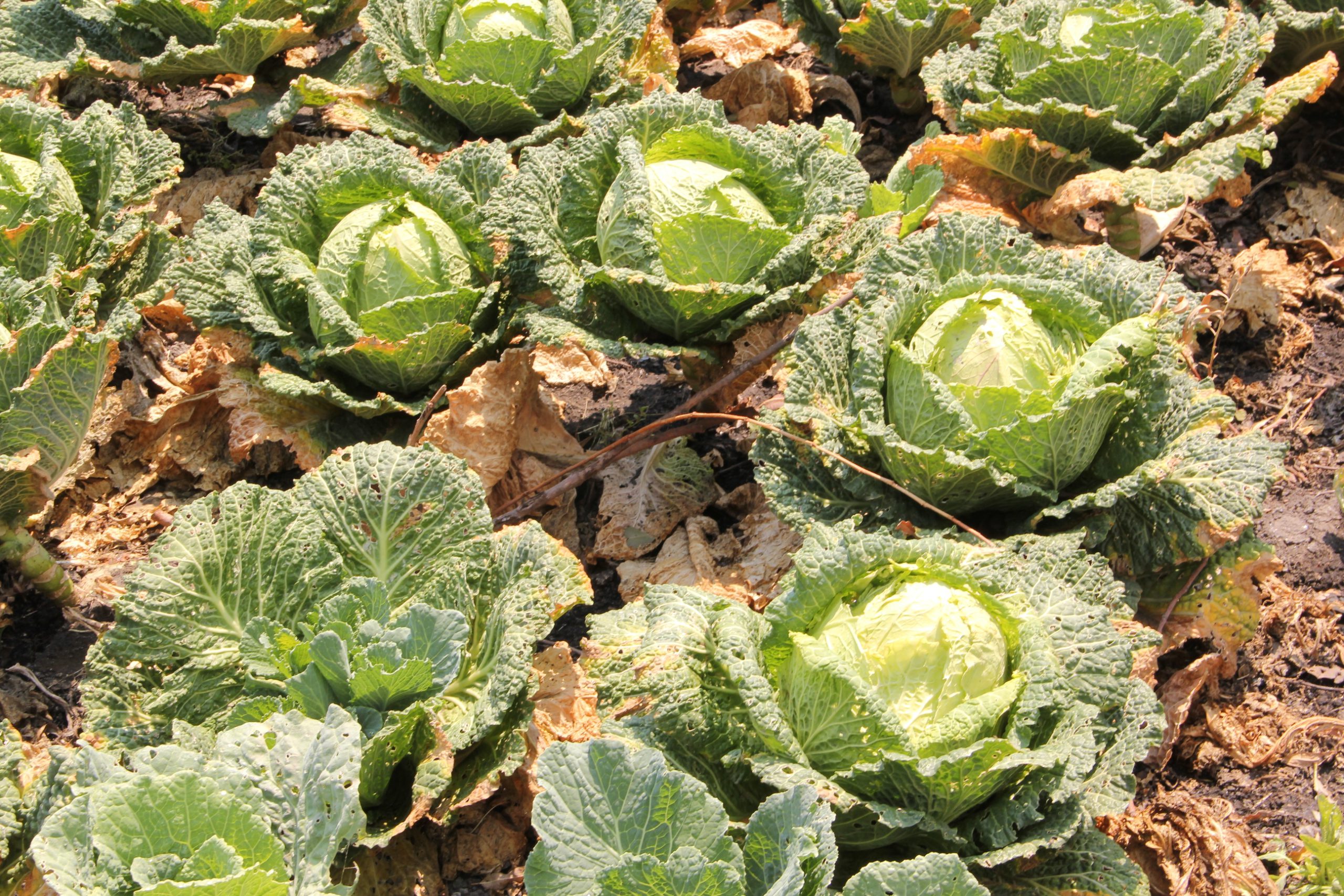Water and agriculture
Audio en maya
Audio en náhuatl
The production – and abundance – of food marks the significant step from the nomadic to the sedentary human being and begins the possibility of creating great civilizations. However, the development of agriculture is not homogeneous; it varies from place to place. Water, as always, is the axis in this process of change.
In Mesopotamia, called the “cradle of civilization,” agriculture made its wealth possible. “The oldest agricultural manual in the world is a Sumerian document that explains how to grow barley, the main food of Mesopotamia” (Kramer et al., 2000).
Tentative timeline (remember that archaeologists and specialists continually make discoveries that can modify this):

Approximate time |
Activity |
About 15,000 years ago |
Attempts to grow plants in the vicinity of the Nile but turned to hunting and gathering |
About 12,000 to 13,000 years ago |
The abundance of rivers. Gradual origin of agriculture, based on hunter-gatherer activity. Nomadism |
8 000 BCE |
Area of Palestine, Syria, Turkish Anatolia, and Iran. Jericho: incipient agriculture (grinding stones and mortars) |
7 000 BCE |
Mesopotamia, Jarmo. Agricultural city and domesticated seeds: wheat (escandia and raspudo); barley, peas (peas), and beans (beans); stone farming tools (mortars for grains and sickles with flint leaf) Nile Valley. There are farmers in the oasis of El Fayum, wheat and barley |
5 800 BCE |
Mesopotamia. Hassuna. Primitive agriculture |
5 000 to 2 BCE
|
China. The Yang-Shao culture is the |
Between 5,000 and 4,000 years BCE. |
Mesolithic (agricultural) techniques appear from the Red Sea to the Tibesti, in the heart of the Sahara (which, after a thousand years, will become a desert) The domestication of plants in America begins |
4 000 BCE |
China. In the Yellow River, the first agricultural nuclei are formed, and itinerant agriculture disappears. India. First farming communities |
4 000 to 300 BCE |
Egypt. Development of extensive irrigation works; carcass systems for irrigating crops; Nile River reservoir with dikes; creation of water coffers to retain the liquid; well drilling; cultivation of thousands of hectares. It became the leading grain-exporting nation. Some products: wheat, escandia, castor, grapes, barley, papyrus, palm, flax, sesame |
3 500 BCE |
Mesoamerica. Vestiges of primitive cobs. The domestication of corn was very long |
3 400 to 2 300 BCE |
Agriculture accounts for 30% of food in the Valley of Mexico |
Shortly before 3,000 BCE |
Africa. Sowing of three kinds of flour wheat, barley, and sesame. "Cotton fabrics are known, which were exported to Mesopotamia. The zebu, the carabao, and the buffalo were known, all of them represented on seals" (Oliver, 2018). |
2,500 to 1,500 BCE |
India. Indus River Civilization. Villages and farming communities; wheat, barley, fruits, and primitive cotton. Two major capitals stand out: Mohenjo Daro and Harappa |
2 000 BCE |
Mongolia. Possible domestication of soybeans |
2 000 BCE |
The Andes and its slopes. Cultivation of pumpkin, guava, chili, avocado, beans, achira and cotton, and potato; irrigation in small canals; cultivation on flattened terraces |
1 300 BCE |
China. Cultivation of mulberry. Until 300 A.D., its use as food for silkworms was kept secret (Oliver, 2018) |
1 000 BCE |
Marshes of Mesopotamia. Introduction of rice |
500 BCE |
India. Agricultural flourishing |
200 to 100 BCE |
Japan. Rice cultivation on tarnished land |
100 C.E. (approximately) to this day) |
Mesoamerica. Valley of Mexico: development of chinampas (Xochimilco and Tláhuac) |
Around 850 BCE |
Mesoamerica. Irrigation is introduced for corn in the Tehuacán Valley |
1 000 CE |
North America: cultivation of corn, beans, pumpkin, sunflower, tobacco |
B.C.E.: before the Common Era
C.E.: Common Era or our era.
Water and its use in agriculture can be by:
- Flooding from a water dam.
- Natural floods, such as those of the Nile, leave silt where it is possible to sow.
- Intensive systems of agriculture, such as drained fields (as in Mexico and Belize) and terraces (standard in the Mayan zone). There were terraces throughout Mesoamerica, with or without irrigation.
- Chinampas or floating gardens. They are of pre-Hispanic origin; it is a “sustainable agrohydrological technology developed in Mesoamerica’s lake and marsh areas. It is an artificial system of farmland built in a wetland; it is characterized by intensive agricultural exploitation in balance with the ecosystem that supports it” (Martínez-Ruiz, 2004). An example is in Xochimilco, Mexico.
Sources:
You can consult the following sources to learn more about the subject:
Casson, L. et al. (2001). Egipto antiguo. Castaño, A. (trad). Las grandes épocas de la humanidad. Historia de las culturas mundiales. México, DF, México : Ediciones Culturales Internacionales, S.A. de C.V.
Davidson, B. et al. (2001). Reinos africanos. Iglesias, M. I (trad.). Las grandes épocas de la humanidad. Historia de las culturas mundiales. México, DF, México : Ediciones Culturales Internacionales, S.A. de C.V.
Kramer, S. M. et al. (2000). La cuna de la civilización. Saavedra, C. (trad.). Las grandes épocas de la humanidad. Historia de las culturas mundiales. México, DF, México : Ediciones Culturales Internacionales, S.A. de C.V.
Leonard, J. N. et al. (2000). Japón antiguo. Saavedro, C. (trad.). Las grandes épocas de la humanidad. Historia de las culturas mundiales. México, DF, México : Ediciones Culturales Internacionales, S.A. de C.V.
Lobato, R. (1998). Terrazas prehispánicas en la región del río Usumacinta y su importancia en la agricultura maya. Estudios de Cultura Maya. DOI: http://dx.doi.org/10.19130/iifl.ecm.1988.17.593. Recuperado de https://revistas-filologicas.unam.mx
Martínez-Ruiz, J. L. (2004). Manual de construcción de chinampas. Jiutepec, México: Instituto Mexicano de Tecnología del Agua. Recuperado de http://repositorio.imta.mx
Oliver, G. (2018). Síntesis por capítulos de la Historia General de la Agricultura. De los pueblos nómadas a la biotecnología de José Ignacio Cubero. Colección Guadalmazán y Divulgación Científica. Córdoba, España: Editorial Almuzara. Recuperado de https://agroicultura.com
Schafer, E. H. et al. (1999). La China antigua. Saavedra, C. (trad.). Las grandes épocas de la humanidad. Historia de las culturas mundiales. México, DF, México : Ediciones Culturales Internacionales, S.A. de C.V.
Schulberg, L. et al. (2001). India histórica. Bárcena, A. (trad.). Las grandes épocas de la humanidad. Historia de las culturas mundiales. México, DF, México : Ediciones Culturales Internacionales, S.A. de C.V.
Secretaría de Agricultura y Desarrollo Rural. (25 de julio de 2018). Las chinampas, historia, cultura y seguridad alimentaria. Recuperado de https://www.gob.mx
English translation: Rubén Marrufo García León
